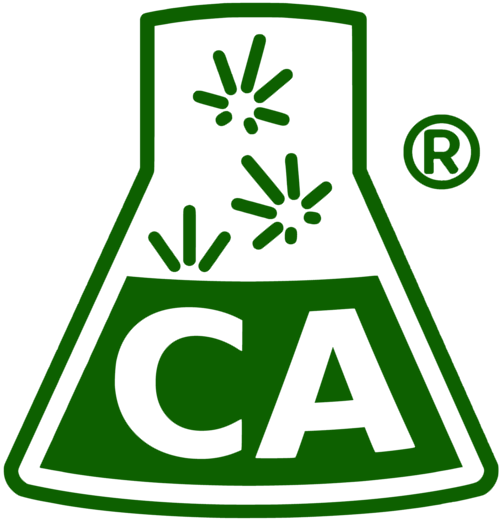Has something changed at the lab? Nothing has changed on my end.
Here at Confidence, we don’t make changes to our protocol very often, and when we do we take it very seriously. Before we make a change to any of our methods, we first run extensive validation studies to be sure that the change won’t negatively impact results. In fact, we have an entire protocol just for assessing the feasibility, validity, and practicality of new method or a modification to existing method. In all cases, we are chiefly concerned with demonstration and documentation that a new method produces equivalent results to a previous method.
We compare the proposed new method side-by-side with the existing method, and before we will adopt a new method it must either demonstrate equivalency with the existing method, or we must have concrete evidence that the new method delivers a more accurate result.
Few things in the laboratory change meaningfully without our control. By far, the most important instrument to our accuracy and precision is our balance, the calibration of which is checked daily with NIST traceable weights that bracket our measured values. We also check the temperature of our fridges, freezers, and incubators daily to ensure consistent temperature of storage and incubation. Our liquid dispensing devices are checked routinely using our balances and the known density of water.
Our chemical analytical equipment is recalibrated every time a wrench is turned, we check our chromatography calibrations daily with standards, and every sample is spiked with an internal standard to monitor the response of our detectors and to correct for any solvent evaporation or error in dispensing. As controls, we run multiple method blanks every day, and for our microbiological, pesticide, and toxin assays we additionally run spiked-blanks, sample-negatives, and spiked-sample-negatives to ensure that our method is still sensitive, is free of false-positives, and is free of cross-contamination.
We monitor our results continuously — always looking for outliers — and we interrogate samples with strange results on a very routine basis.
Our scientists cringe when cannabis growers tell us that “nothing has changed on [their] end”. When growers say that, it is a clear indication to us that the grower hasn’t thought critically about what — in fact — has changed. Growing an agricultural commodity means coping with the undeniable fact that factors outside of your control influence the performance of your plants . Even if you haven’t consciously changed anything about the process by which you farm and process, things do change. This week was wetter than last week, and last month was hotter than the month before. Change is natural, and so are cannabis plants.
The seasons change, and with them changes the temperature, the humidity, the barometry/ air pressure, the insect exposure, the chemical exposure, and the circadian rhythm of all of those things. Even when you grow indoors, the outside environment has impact on your indoor environment. The world’s greatest closed ecological systems (biodomes) are still influenced by Earth’s rhythms.
Plants also change over time; there is diversity within and between plants and that diversity changes. Even if you’re cloning, your clones are not identical and your mothers change with time. The differences between clones can be partly explained by epigenetics , and the mother’s own DNA is not immune to the realities of Muller’s ratchet . This diversity and evolution is what makes crop sciences so fun and exciting. Marijuana growers shouldn’t balk at the idea that their outcomes are variable.
The savvy grower will think critically about what factors under his or her control can influence these outcomes and how best to manipulate those variables to their greatest advantage.
